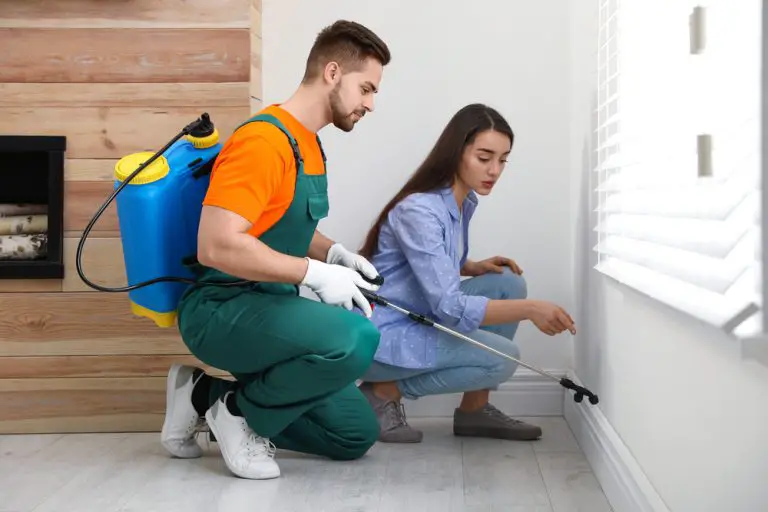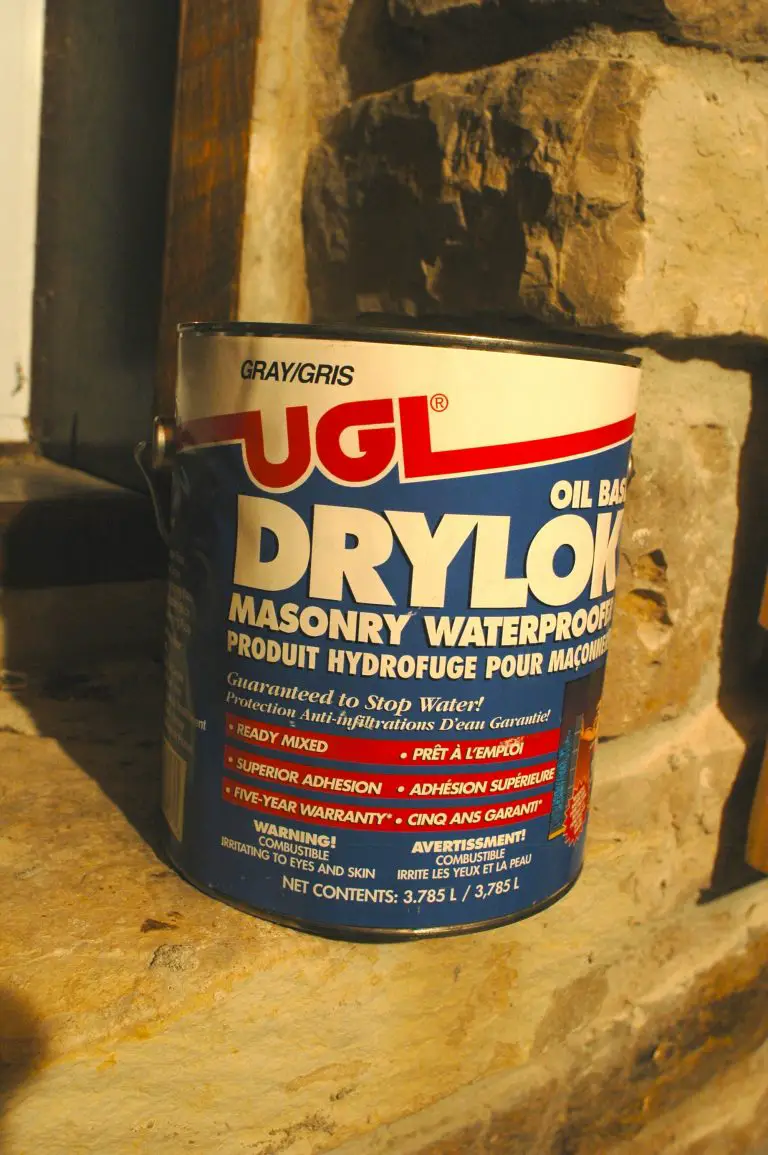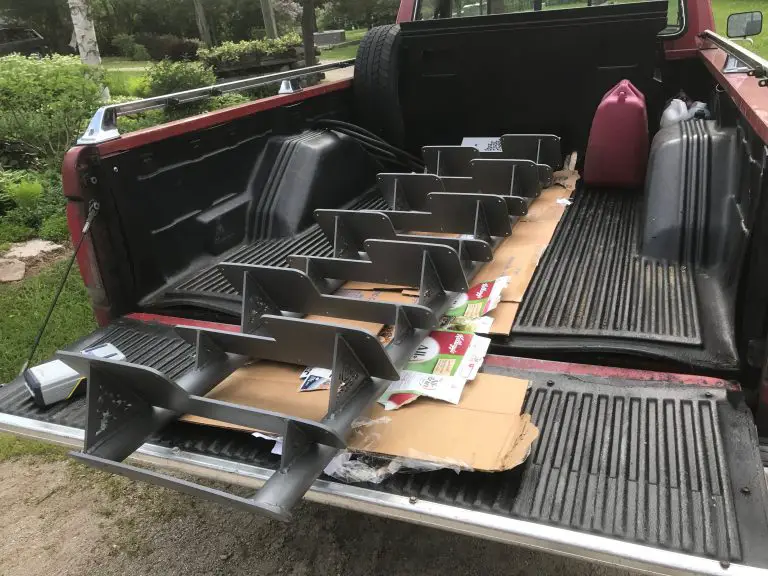I’ve never seen figures for the maximum length of insulated flex pipe you can use with an HRV, but I do know that airflow rate is significantly reduced with ducts longer than 10 feet. That said, if 18 feet is as short as you can accommodate in your installation, I’d still go for it. One of the reasons for this is that the airflow through an HRV is slow and low pressure. In fact, most Canadians have to run their HRVs gently, or only part of the time, to prevent their homes from becoming too dry during cold winter weather. Do all you can to keep your insulated flex pipe straight and with minimal bends as it’s installed. Also, be sure to protect this pipe wherever it goes through areas where the plastic outer layer could become damaged. Any kind of tear or puncture in this layer will allow warm moist indoor air to infiltrate the fiberglass insulation and condense next to the cold inner part of the pipe. The best approach I’ve found for protection and support uses a piece of 8-inch diameter round furnace duct, not snapped together along the central seam. Opening up this metal and putting it over the insulated flex creates an armored metal covering that prevents damage. You can hold this metal cover in place with perforated metal straps screwed to the surrounding wall or ceiling structure.
Similar Posts

4 Pest Control Tips And Practices For Homeowners
A pest infestation can lead to a decline in your family’s health and overall home value. If left untreated, they can easily destroy your home’s appeal and your family’s comfort and safety. Pests can be harmful to your health and…

Concrete-Friendly Floor Prep
Steve Maxwell, Canada’s Handiest Man, discusses two easy options for finished floors over concrete.

Q&A OF THE WEEK: “What’s the Simplest Option for a Basement Floor?”
Q: What’s the best type of economical flooring to put down if I want to complete a semi-finished basement, as you’ve written about before? I need additional indoor space quickly and economically. Do you recommend a specific brand of rubber floor…

How to Get Air Conditioning to Cool Upstairs Bedrooms Properly
If you live in a house with more than one floor, one of the things you’ll probably have noticed is how hard it can be to maintain a regular temperature across floors during hot weather. It’s easy to spend hours…

METALWORKING: Welding Homemade Steel Staircase
A while back my son, Robert, and I built a set of compact stairs for his tiny house here on the property. Click above to watch the main steel body of this stair project coming together with welded treads. It’s…

Q&A OF THE WEEK: “Can Hardwood Floors Be Installed On Concrete?”
Q: Can hardwood flooring be installed on concrete? My parents’ house is about 60 years old and the floor is made from a poured concrete slab at ground level. We’ve been told wood can’t be installed on concrete and they…






